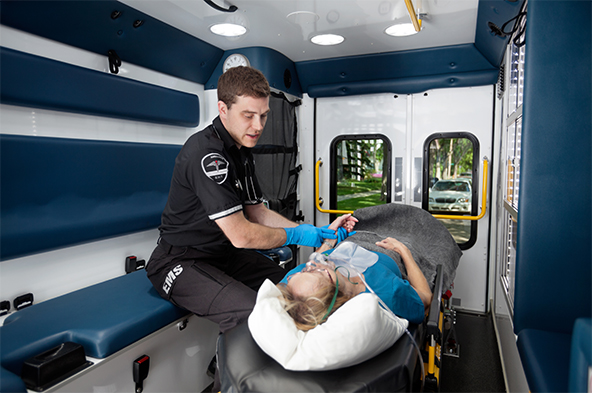Carbon monoxide gas: You can’t see it, smell it, or taste it – but it can kill you, silently and with little warning. Each year, more than 400 Americans die from unintentional carbon monoxide (CO) poisoning not linked to fires, according to statistics from the Center for Disease Control. More than 20,000 are treated in emergency rooms for it, and more than 4,000 are hospitalized.
Many of us know that using outdoor appliances – like charcoal grills or portable generators – inside the home is a major cause of CO poisoning. But there are other, more subtle factors, that can be just as deadly. These include:
Energy Efficient Houses & Appliances - As houses are made more airtight and fuel efficient, dangerous levels of carbon monoxide can build up inside. Energy-wise homeowners look for ways to seal up their house against the elements, but in do so, they’re preventing fresh air from coming into the house and polluted air from escaping.
Appliances also contribute to the problem. Newer, high-technology heating appliances save money and decrease environmental pollution, but they may not burn off carbon monoxide as well as they should. They also may not be vented properly, resulting in a CO buildup inside the home.
Attached Garages – Attached garages are convenient, but they can also be dangerous. Starting a vehicle in an attached garage, even with the overhead door open, can add significant levels of carbon monoxide to the air inside the house. Studies revealed that carbon monoxide emissions from cars (when started cold) can fill the garage with CO in a short time, even with the door open. Once the car is backed out and the door closed, large concentrations of gas remain, where it can seep into the house for hours.
Chimney Problems – Soot or creosote buildup, blockages, damaged flue liners, or chimneys that are too short for proper venting can all lead to a dangerous buildup of CO. Even if you don’t use your fireplace, a damaged chimney is dangerous because they’re often used to vent gases from furnaces and water heaters. If you haven’t yet had your annual chimney inspection, schedule one now! Remember, your house may be sealed up to keep it warm for the winter, but you could also be sealing in CO!
What Are the Signs of CO Poisoning?
The most common symptoms of CO poisoning are headache, dizziness, weakness, upset stomach, vomiting, chest pain, and confusion. CO symptoms are often described as “flu-like,” but people who are sleeping or incapacitated can die from CO poisoning before they have symptoms. The elderly, people with chronic heart disease, anemia, or breathing problems are especially at risk.
How Can You Prevent CO Poisoning in Your Home?
The Center for Disease Control offers these tips:
- Install a battery-operated CO detector (or one with a battery backup) in your home. Place the detector where it’s alarm will wake you up, such as outside your bedroom. Don’t put the alarm in the garage, furnace room, near a fireplace or in the kitchen. Also, don’t put it near a window or door – where fresh air could cause a misleadingly low reading – or behind the drapes or furniture that could block the air flow. Replace the battery every year and the CO detector every five years.
- Have your chimney cleaned and inspected every year.
- Have your heating system, water heater, and any other gas, oil, or coal-burning appliances inspected by a qualified technician every year.
- Do not use portable flameless chemical heaters indoors.
- When you buy gas equipment, buy only equipment carrying the seal of a national testing agency, such as Underwriters’ Laboratories.
- Make sure your gas appliances are vented properly. Horizontal vent pipes for appliances, such as a water heater, should go up slightly as they go toward outdoors. This prevents CO from leaking if the joints or pipes aren’t fitted tightly.
- Never patch a vent pipe with tape or other materials.
- Never use a gas range or oven for heating.
- Never burn charcoal indoors.
- Never use a portable gas camp stove indoors.
- Never use a generator inside your home, basement, or garage or less than 20 feet from any window, door, or vent.
- Never run your car or truck inside a garage that is attached to a house even with the garage door open. Always open the door to a detached garage to let in fresh air when you run a car or truck inside.
Stay safe this winter – schedule your chimney inspection and cleaning today!
Call Us: 1-800-438-3583
Email Us: office@drflue.com
Office Hours: Mon-Fri: 8am-4pm
Connect with Doctor Flue on Social Media
Facebook | Twitter | Google + | YouTube | Pinterest | Houzz

